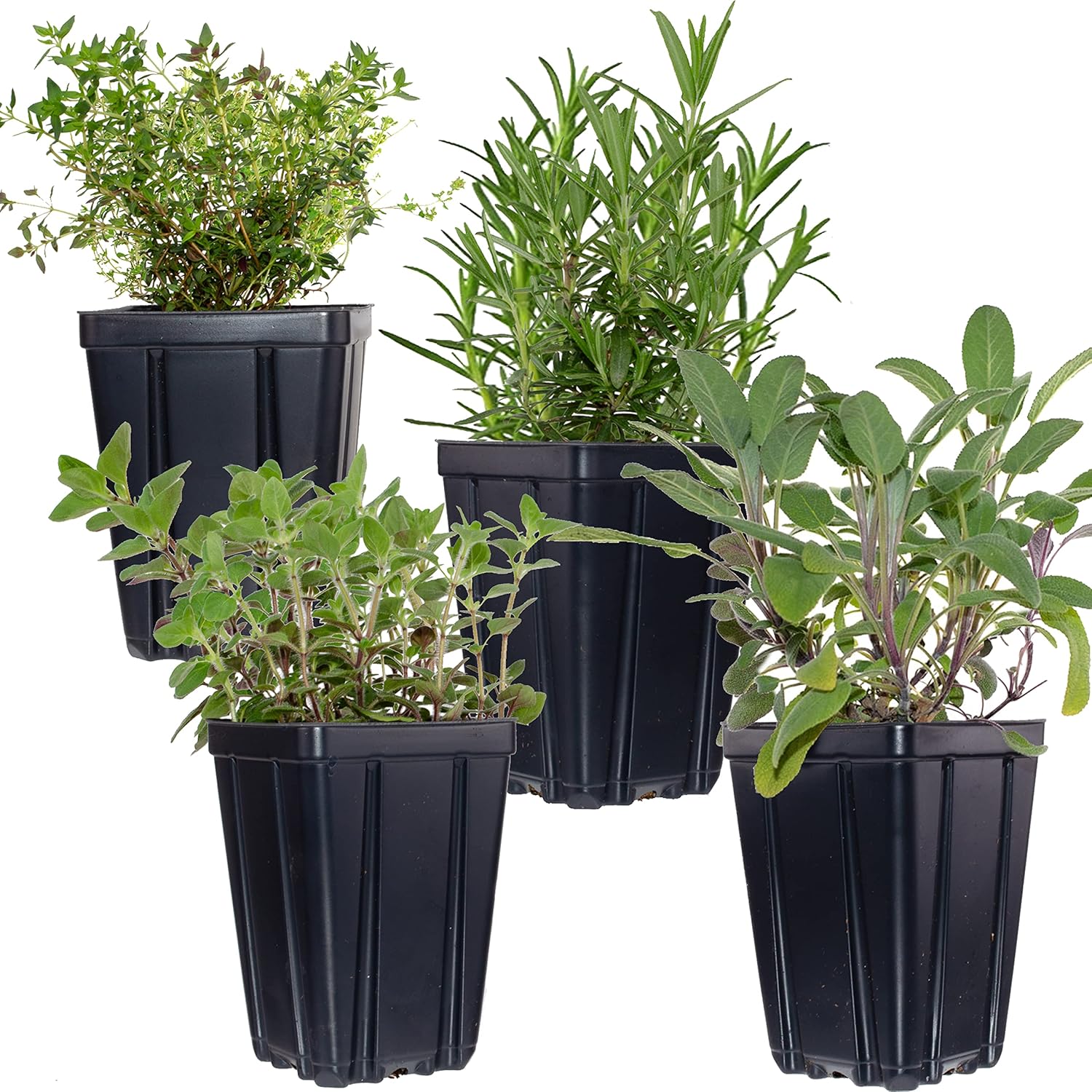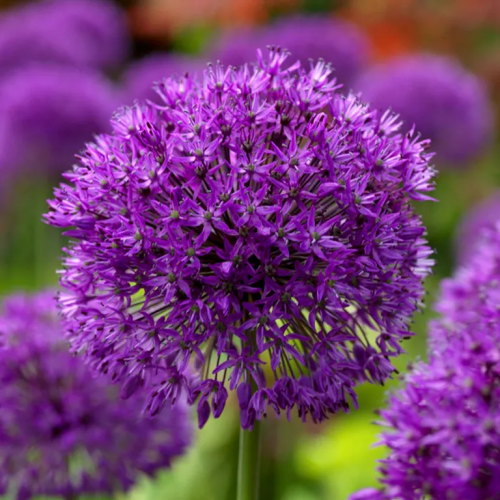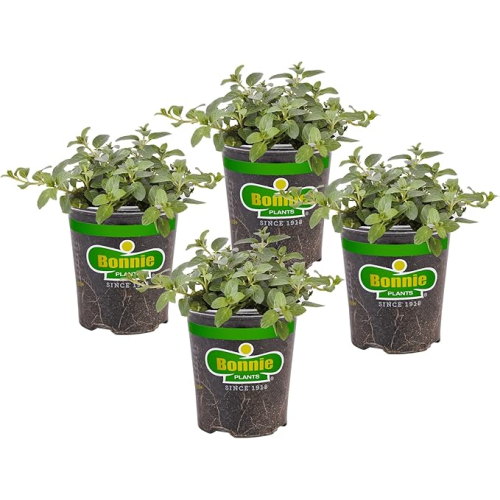These 5 Plants May Be Unwittingly Attracting Rats This Fall – Here's What Experts Recommend to Plant Instead to Deter Them
Whether picking alternatives or using companion planting, there are many ways to keep rats away from the yard
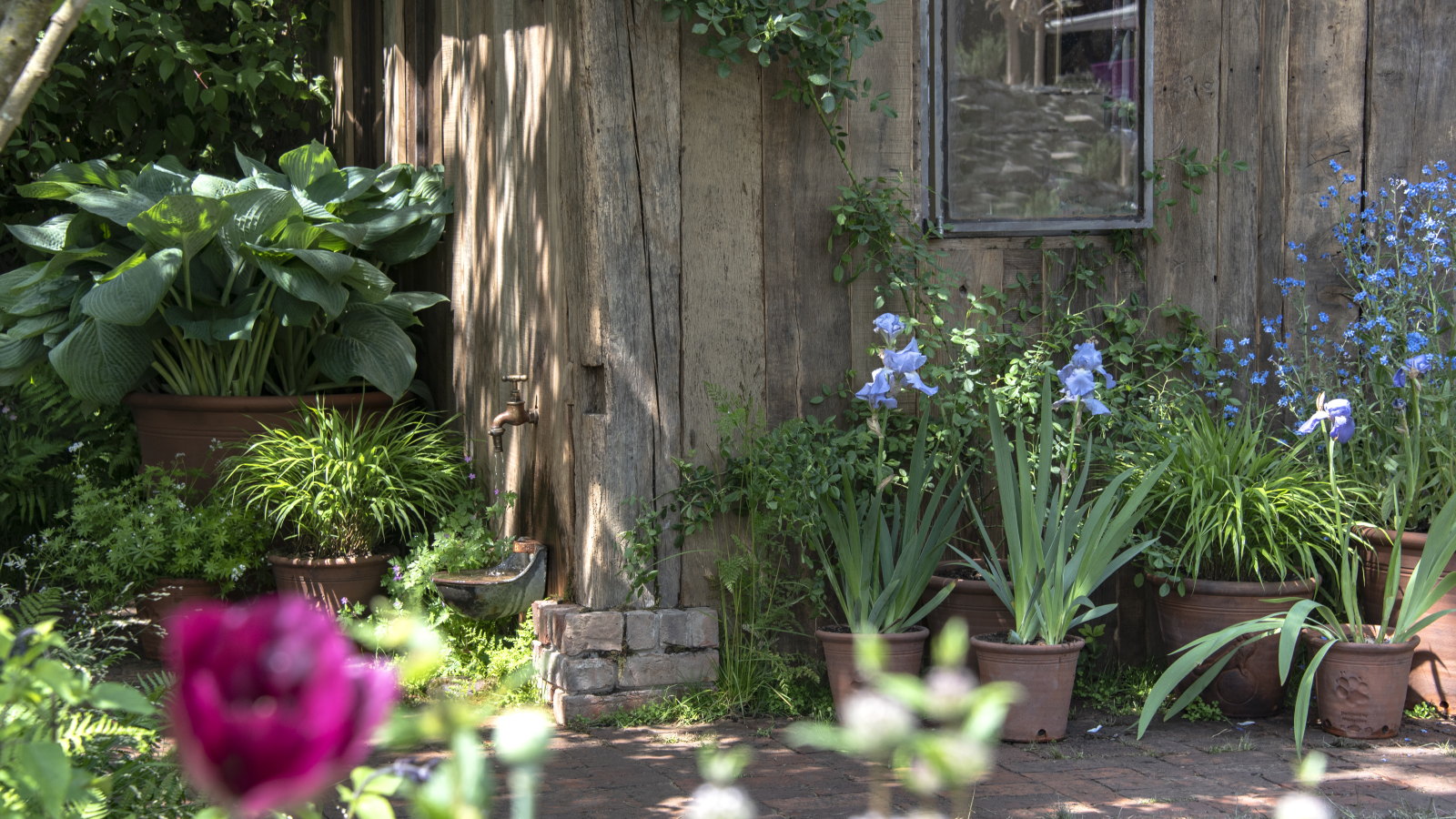

The adage claims you are never more than six feet from a rat. Whether or not that is true depends on many environmental factors. However, rats are common in cities, towns, and rural areas, so you are likely to see a rat in your garden at one point or another.
The truth is that some plants attract rats more than others, so you may unknowingly be growing some that are secretly inviting rats into your yard. Unfortunately, fruits, vegetables, nuts, and bulbs will attract rodents, as do dense shrubs that provide food and shelter.
There are two choices to get rid of rats, or at least deter them. You can opt against having these tempting plants in your yard, or adopt a strategy of companion planting. By integrating plants that repel rats in your garden, you can still grow fruits, vegetables, nuts, and other plants, and reduce the potential risk of rats. This guide outlines the plants that attract rats to be aware of and expert-recommended alternative plants that deter rodents to grow instead.
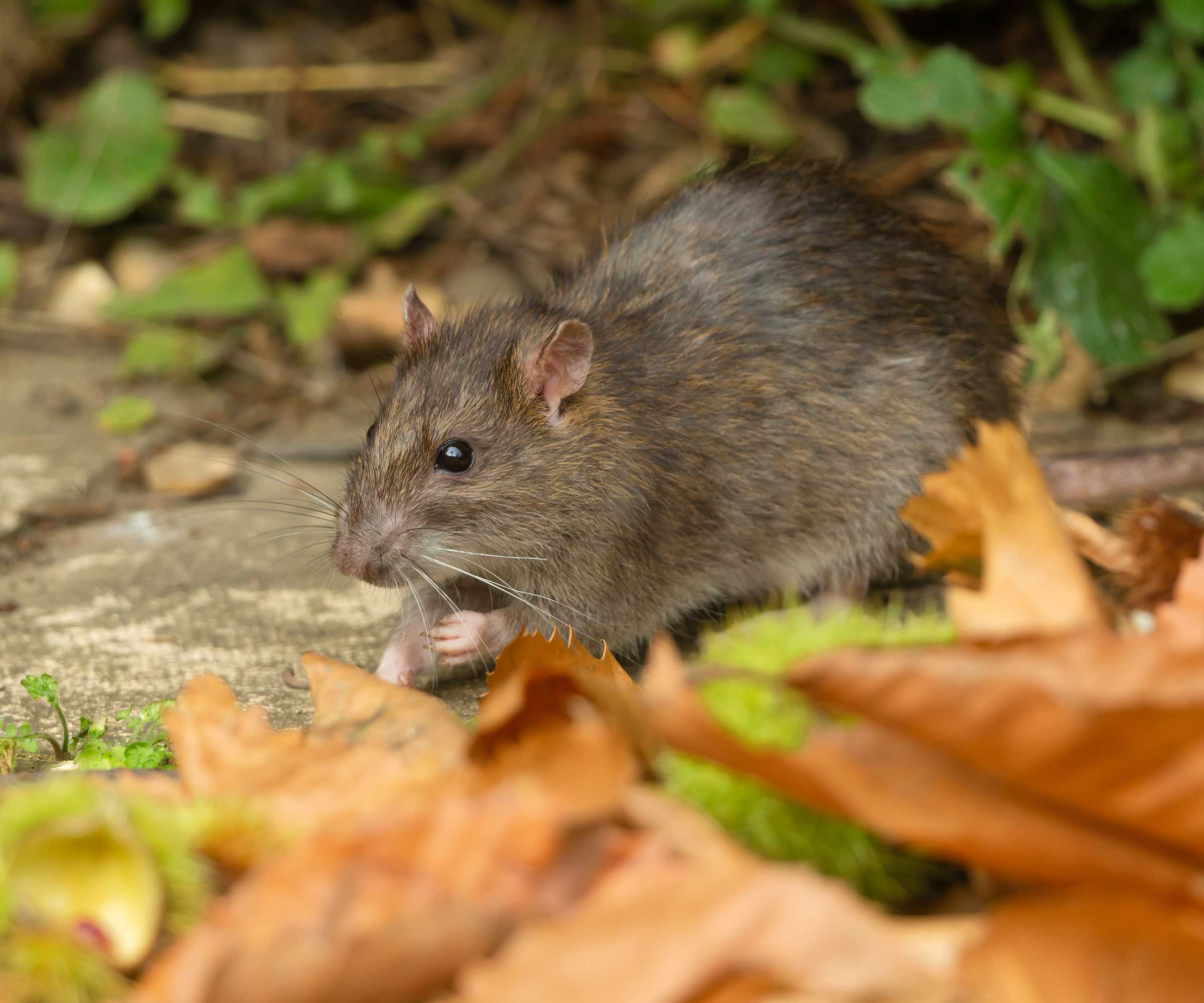
5 Plants That Attract Rats and Expert Recommendations on What to Plant Instead
There are a few plants that can draw rats to your yard, but there are likewise those that help reduce potential rat problems. I chatted to some gardening experts who highlighted both plants to avoid and alternative plants that repel rats to grow instead.
1. Tulips
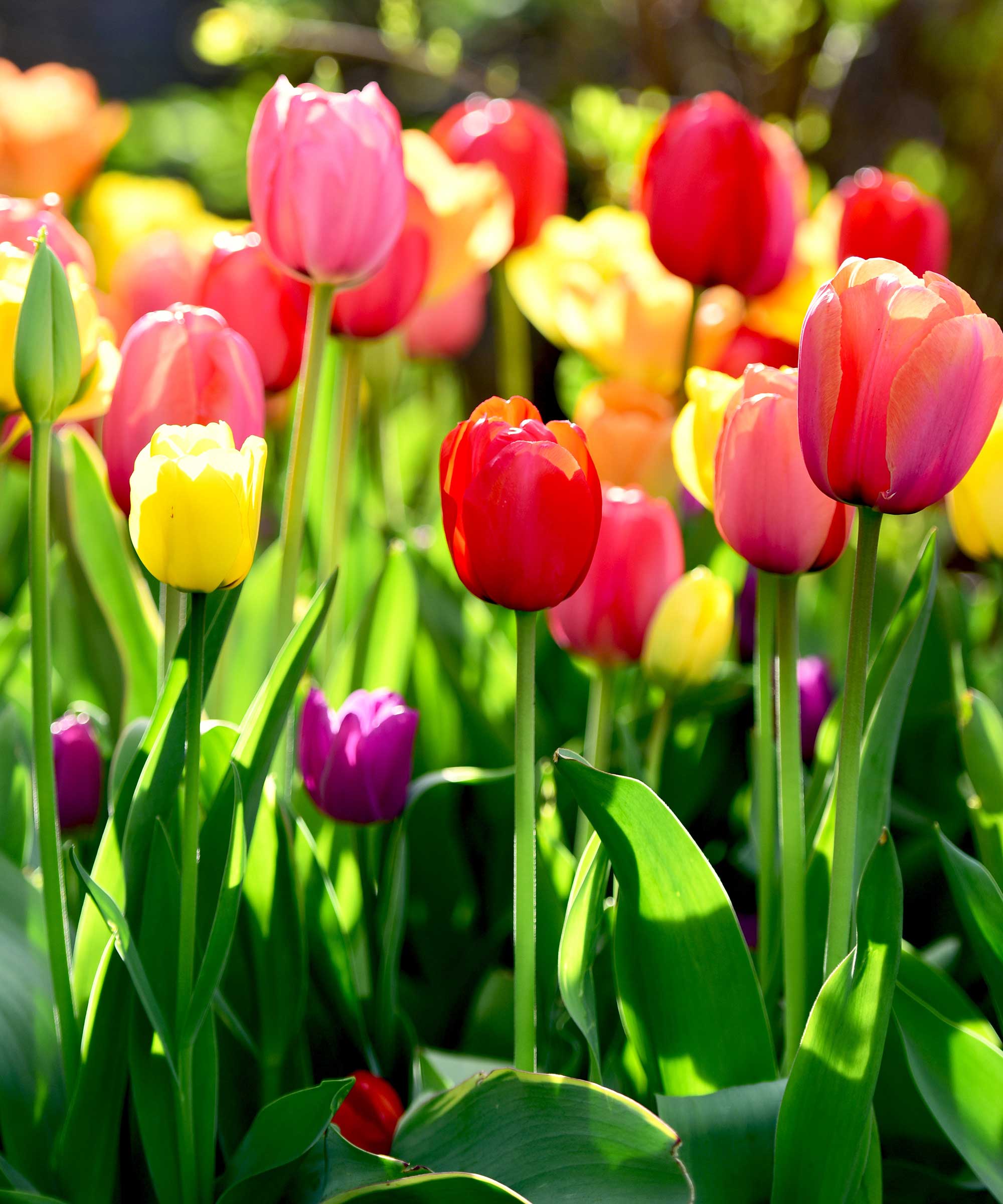
While adored for their ability to put on spectacular flowering displays, rats are attracted to spring bulbs as they look for food during the leaner winter months. Rats, along with other rodents, squirrels, or voles, can smell the bulbs in the ground, especially in freshly disturbed soil caused by gardeners planting spring bulbs in large numbers.
Ondrea Kidd, owner of Sowing Joy Farm, highlights tulips, crocuses and gladiolas as three of the worst bulbs that attract rats. She recommends looking for alternative spring bulbs or adding plants that repel rats around them, if you do pick any of the aforementioned ones.
'There's nothing worse than putting your heart, energy, and hope into planting a spring garden only to have it destroyed by rodents,' says Ondrea.
Design expertise in your inbox – from inspiring decorating ideas and beautiful celebrity homes to practical gardening advice and shopping round-ups.
'If you enjoy planting those spring bulbs, a few great choices that will deter those pests are daffodils, allium, grape hyacinth, and fritillaria,' she adds. 'My favorites are the daffodils and alliums; each of these options comes in some really unique and fun varieties, so have fun with the colors and styles of these.'
Discover the range of daffodil bulbs to plant at Dutch Grown
Discover the range of daffodil bulbs to plant at Amazon
Discover the range of daffodil bulbs to plant at Walmart

Ondrea Kidd is the visionary behind Sowing Joy Farm, a family-run flower farm nestled in Post Falls, Idaho. A lifelong gardener and passionate floral designer, Ondrea transformed her love for cultivating blooms into a thriving business that emphasizes sustainability and community connection.
2. Fruit Trees
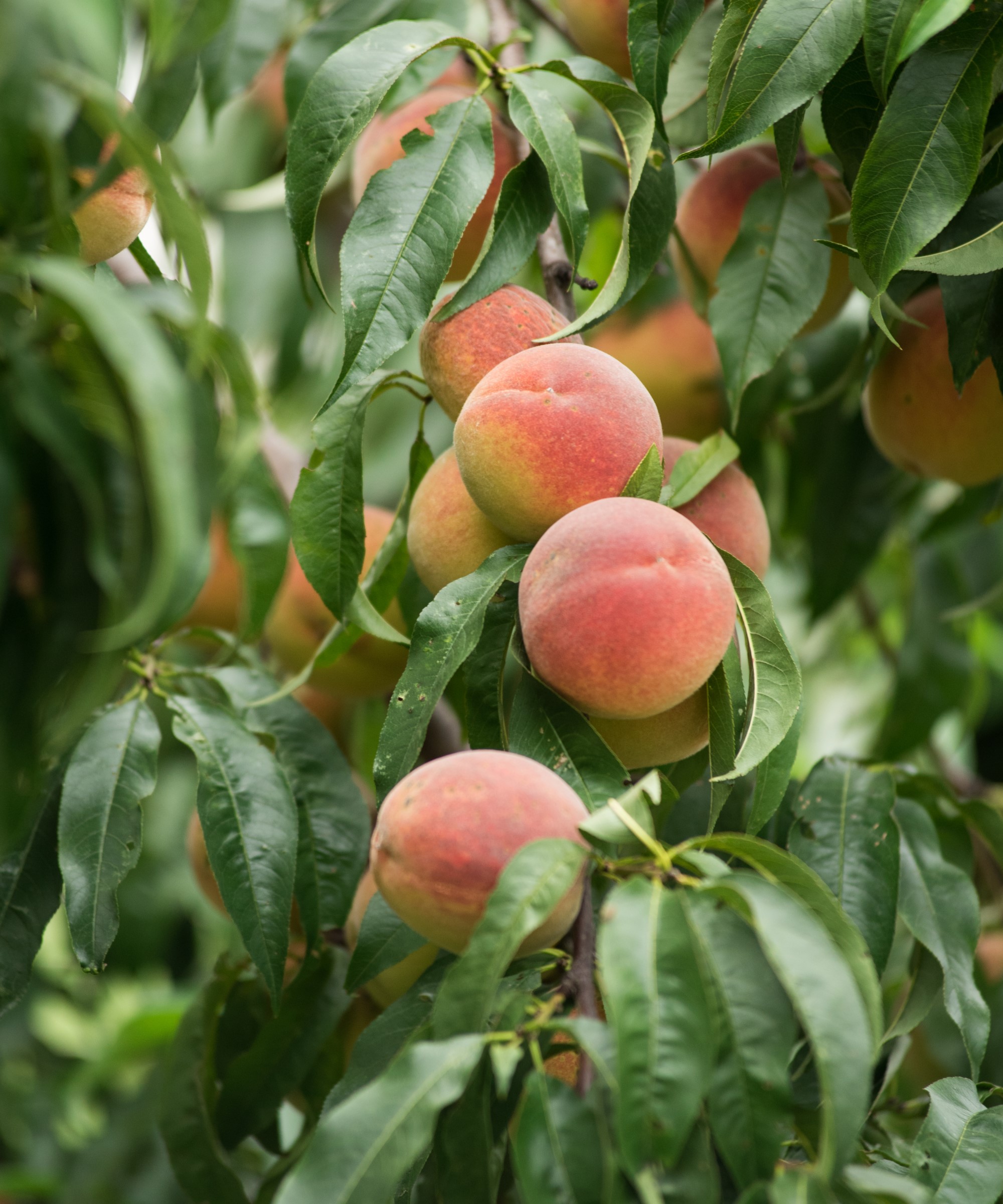
Planting fruit trees and soft fruit bushes is a great way of getting a bounty of delicious fruit harvests year after year. But while you enjoy the tasty pickings, so can rats and other unwanted pests as they hunt for a reliable food source.
The likes of apples, pears, peaches, plums, and more are all likely to become attractive to rats, who see them as a consistent food source as well as a place for shelter. When it comes to planting fruit, lean more towards tart fruits, which are less attractive to rats.
'The sweeter the fruits, the more attractive they will be to the rats in your area,' claims Elizabeth Waddington, garden designer and writer at First Tunnels. 'Instead of planting a nut tree or a sweet apple or cherry tree, try a sour cherry, cooking apple variety or crapapple tree.'
'You can still get edible yields, but these don't attract rats as much because rats will prefer sweeter options,' she adds.
One example is a Montmorency cherry. It is a popular sour cherry to grow, as it produces medium-sized fruits great for baking, preserves, or juices. You can get a Montmorency cherry at Fast Growing Trees to add to your garden. Alternatively, you can opt for a Profusion crabapple tree, available at Amazon.
As well as being selective with what fruit you grow, you can add other plants that repel rats, such as daffodils, lavender, marigolds, or mint, around your fruit trees or bushes.
Other ways to reduce issues include spacing fruit trees adequately so the branches don’t touch and give rats clear passage from one tree to another. And to be regular with cleaning up any fallen fruit to reduce the risk of rodents taking your harvest before you get a chance to enjoy it.

Elizabeth Waddington is a writer and green living consultant living in Scotland. She is a garden designer and writer at First Tunnels who puts permaculture and sustainability at the heart of everything she does, from designing gardens and farms around the world to inspiring and facilitating positive change for small companies and individuals.
3. Nut trees
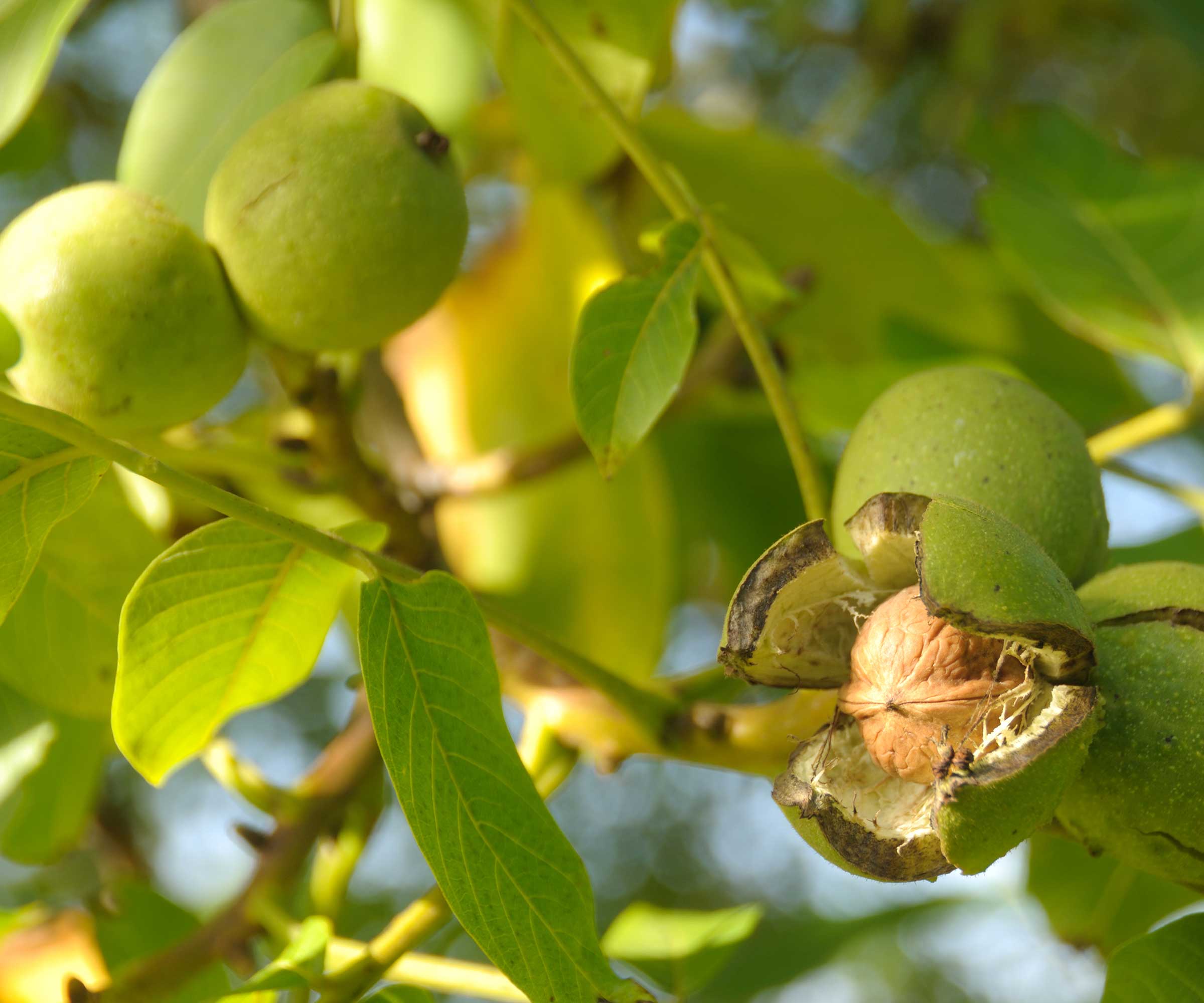
Plants that attract rats include nuts, which are full of fat and a high-calorie food source. If you have walnuts, almonds, hazelnuts, chestnuts, pecans, or macadamia nuts growing in your yard, the likelihood is that they will become a target for rats and other rodents.
In particular, late summer through fall, when most nuts are ready to harvest, is a time when rodents are on the lookout for high-energy food to eat now and stash for their upcoming nesting season.
They are attracted to both the nuts on the tree and on the ground, as Elizabeth Waddington hails the importance of making sure to 'harvest promptly' and also 'picking nuts off the ground to avoid attracting too many rats'.
Petar Ivanov, Fantastic Gardeners' gardening and plant expert, highlights flowering dogwoods (such as this live red dogwood tree at Amazon) or hawthorns as plants that repel rats and offer an alternative to nut trees. He claims: 'They provide berries and seasonal interest for birds without offering the dense protein sources rodents prefer.'
As well as harvesting nuts at the right time and picking fallen ones off the ground, good practice is to discard any unharvested nuts at the end of the season to stop rats from having a free food source

Peter Ivanov is a gardening and plant expert who has been working at Fantastic Gardeners for eight years. As one of the company's top-performing experts, he now manages over six teams of gardeners, delivering stunning landscape results and fostering a deep connection with nature through his work.
4. Sweet Vegetables
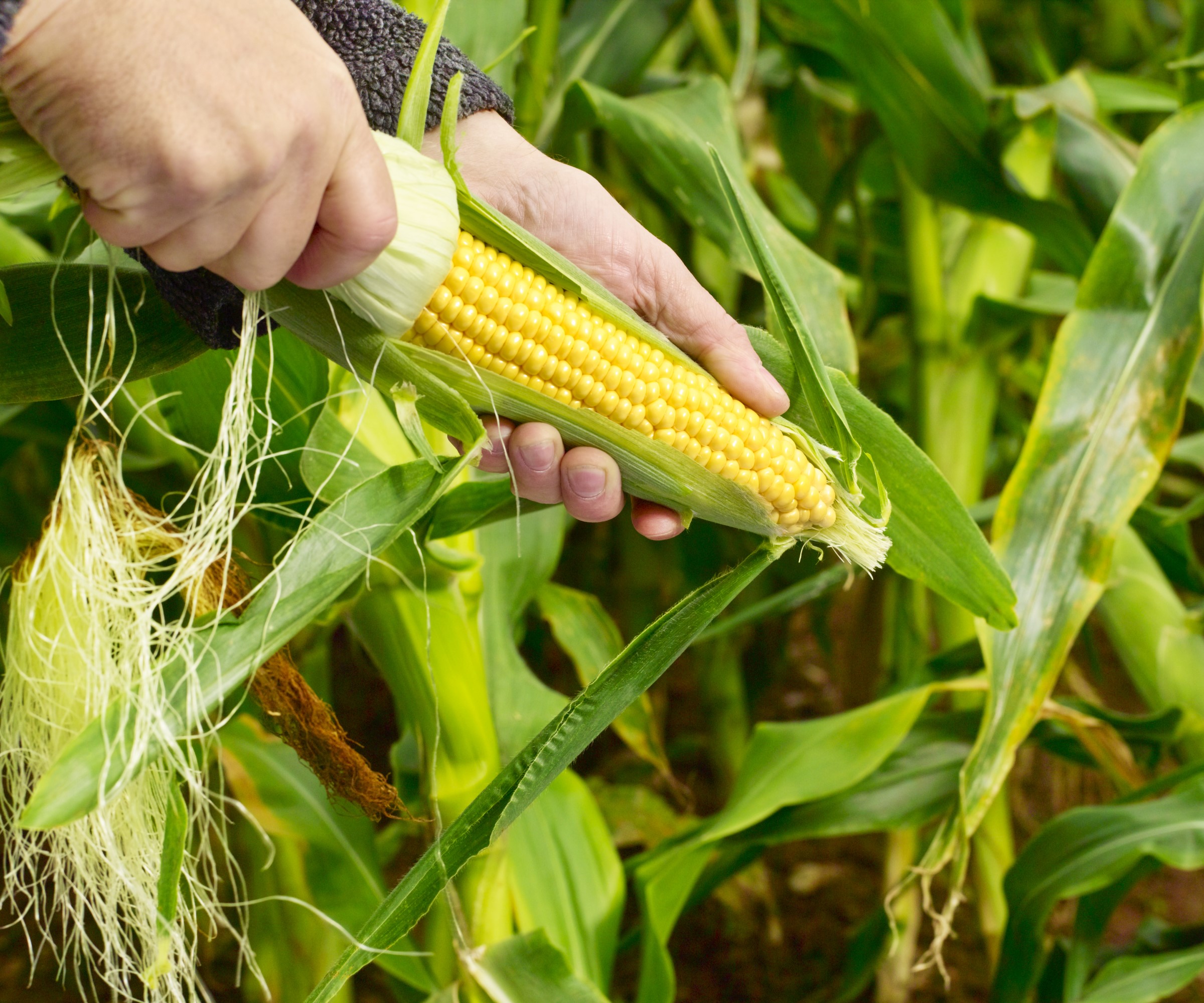
The unavoidable fact is that rats will be attracted to fruits and vegetables, whether they are in the vegetable garden or stored. The list of vegetables that attract rats is, unfortunately, long and includes root vegetables, corn, pumpkins, and legumes.
It is not a case of forgoing growing vegetables due to the risk of rats, but making smarter decisions on what you plant, and what you plant it with. Elizabeth Waddington suggests the notion of growing less sweet crops or 'more calorific ones' (including potatoes, sweet potatoes, corn, or parsnips) to divert the rats' attention elsewhere, or keeping these types of vegetables in a protected area.
'Keeping sweeter and higher-calorie crops in a polytunnel, fruit cage, or greenhouse can help to reduce the chance that rats will try to take your harvests,' she adds. 'Outdoors, if rats are a problem, crops in the cabbage family, for example, will be less attractive (especially if there are sweeter natural food sources around) and can give us abundant yields when protected from other pests.'
Another way to protect vegetables is companion planting. Growing strong-smelling aromatic herbs (like lavender, mint, or sage) or crops in the allium family (think garlic, onions, leeks, or chives) alongside susceptible vegetables will discourage rodents, along with other pests, from nibbling them.
Companion planting offers a great form of natural pest control to protect crops, plus you also get harvests from those plants.
5. Bamboo
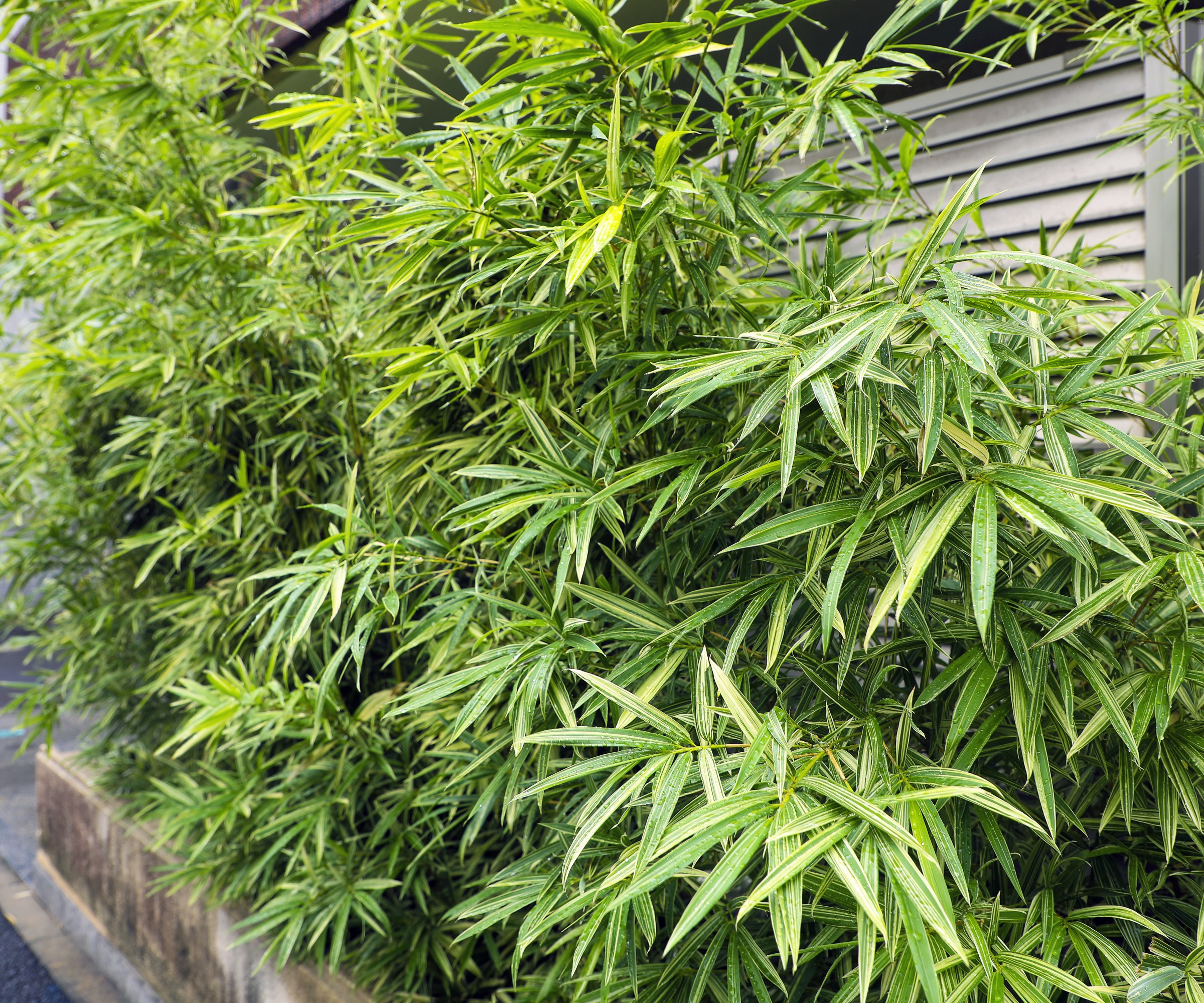
There are some well-known issues with growing bamboo, primarily that you need to stop bamboo from spreading, but many gardeners may not know it as a plant that attracts rats.
The shrub can provide a dense shelter for rats to hide, rest, or even build a nest in, whether it is a large bamboo variety in a border or a smaller cultivar growing in a container garden. Some species also produce seeds that rats will eat, and the young shoots of bamboo are tender enough for rats to enjoy as a food source.
If you want an alternative screening plant to bamboo, dogwoods can provide lots of year-round interest. Such as a stunning pink flowering dogwood at Fast Growing Trees, which offers a lot of seasonal interest with pink blooms, red fall color, and checkered bark in winter.
To deter rodents from any flower beds, several perennials can be planted to keep rats away.
'If you are looking to build your garden full of great perennials that will deter pests, my favorites are peonies and astilbe,' says Ondrea Kidd. 'Many Mediterranean herbs are also a beautiful option. These include lavender, rosemary, and mints.'
FAQs
Do Lavender Plants Repel Rats?
Growing lavender can help repel rats and other pests. Lavender repels pests thanks to the strong aroma that comes from the essential oils contained in the plant; it is a scent that garden pests hate.
Do Coffee Grounds Repel Rats?
You can use coffee grounds on plants, but does it help with pests? Well, some gardeners claim the smell of coffee repels rats, but there is no concrete evidence that it does work effectively.
Shop More Rat-Repellent Plants:
One of the best flowers for companion planting is marigolds. You can grow marigolds from seed easily, and they are highly valuable. Not only are the bright flowers attractive, but marigolds keep lots of bugs away from more precious plants.
I have always planted marigolds in a vegetable garden as part of natural pest control, as the strong scent of French marigolds is effective against aphids, flies, flea beetles, thrips, tomato hornworm, squash bug, cucumber beetles, and many more.
You can get a bumper pack of French marigold seeds at Amazon to grow your own companion planting powerhouses.

Drew has worked as a writer since 2008 and was also a professional gardener for many years. As a trained horticulturist, he worked in prestigious historic gardens, including Hanbury Hall and the world-famous Hidcote Manor Garden. He also spent time as a specialist kitchen gardener at Soho Farmhouse and Netherby Hall, where he grew vegetables, fruit, herbs, and cut flowers for restaurants. Drew has written for numerous print and online publications and is an allotment holder and garden blogger. He is shortlisted for the Digital Gardening Writer of the Year at the 2025 Garden Media Guild Awards.
